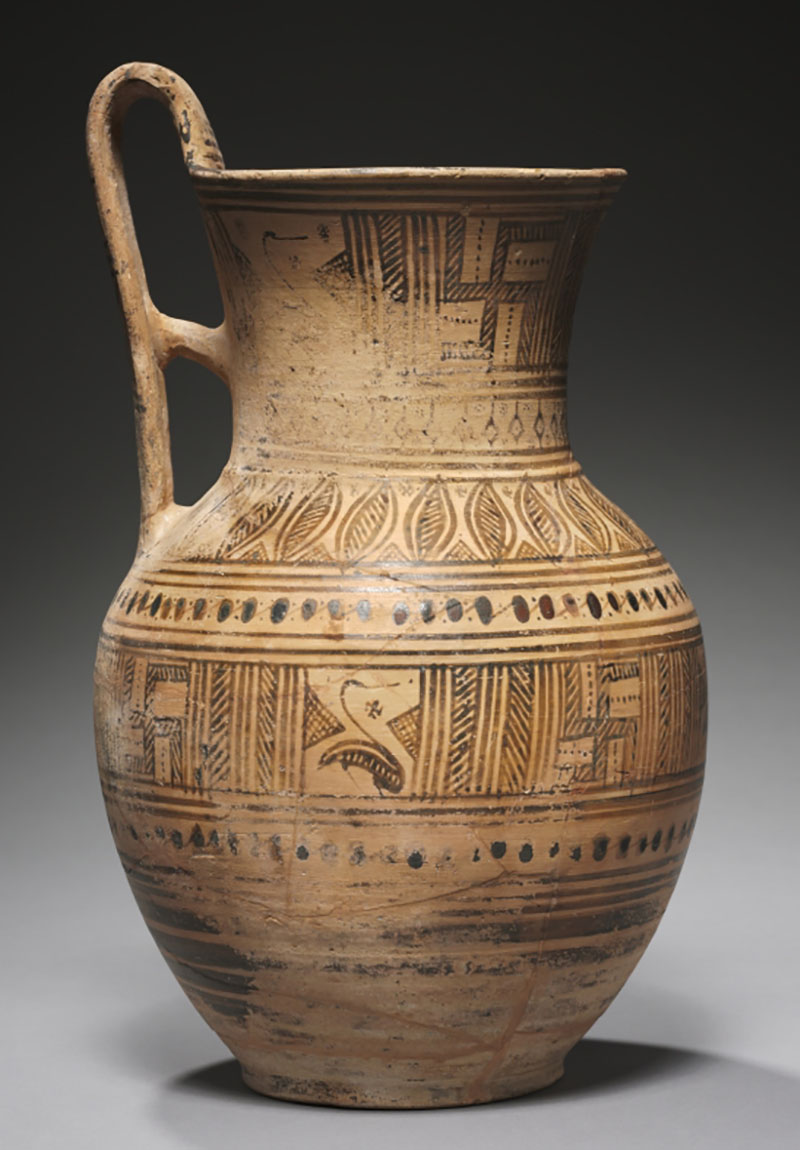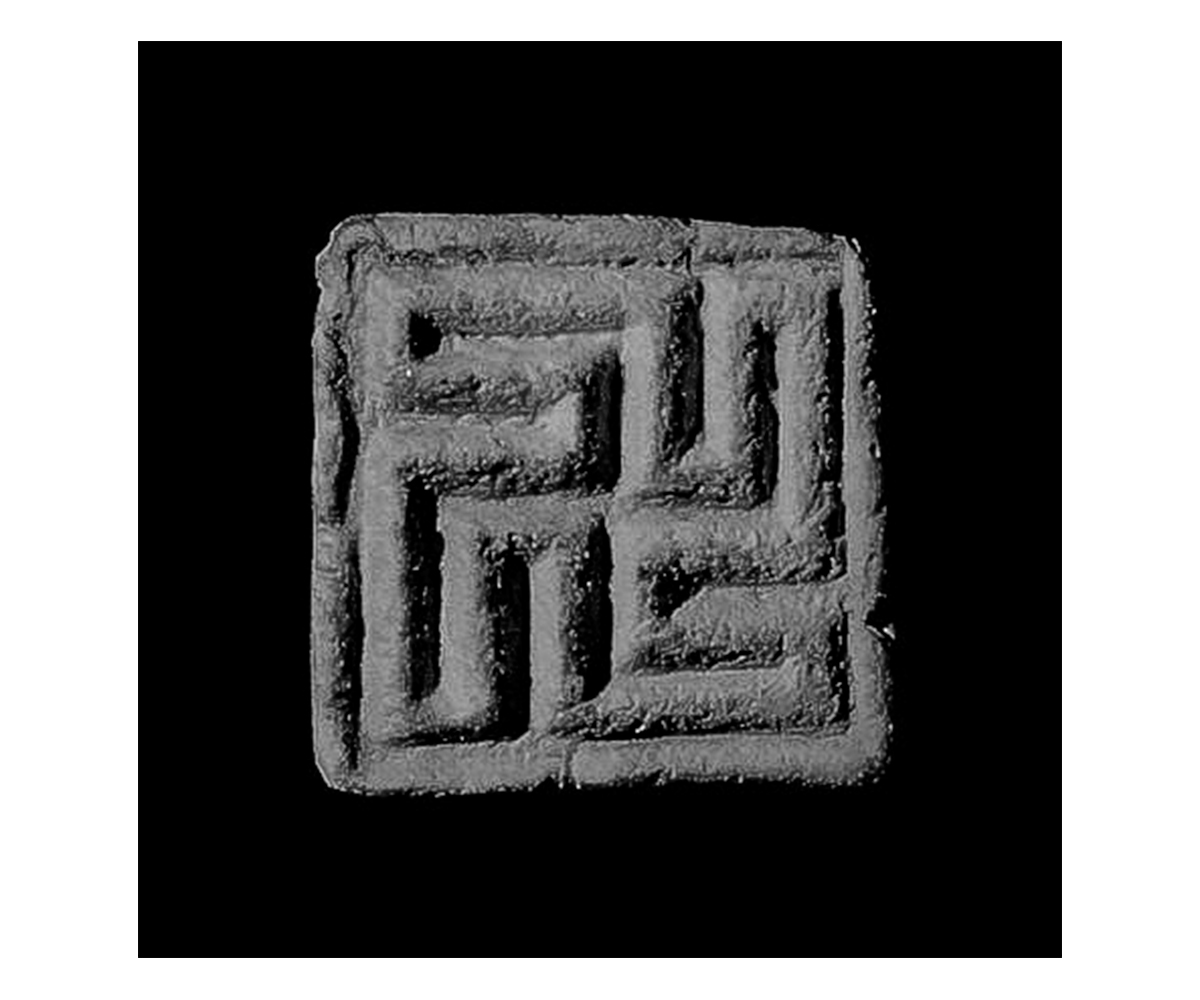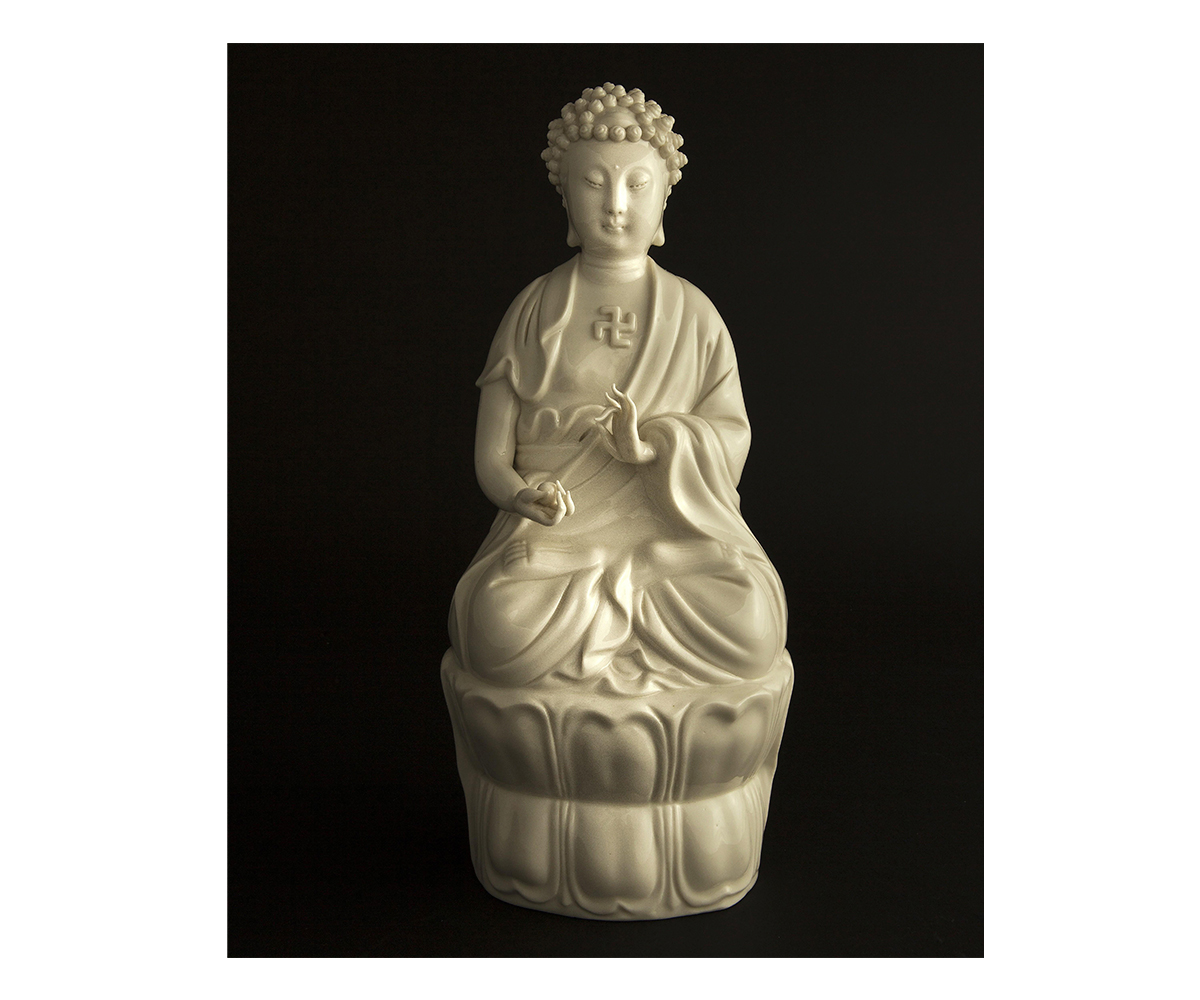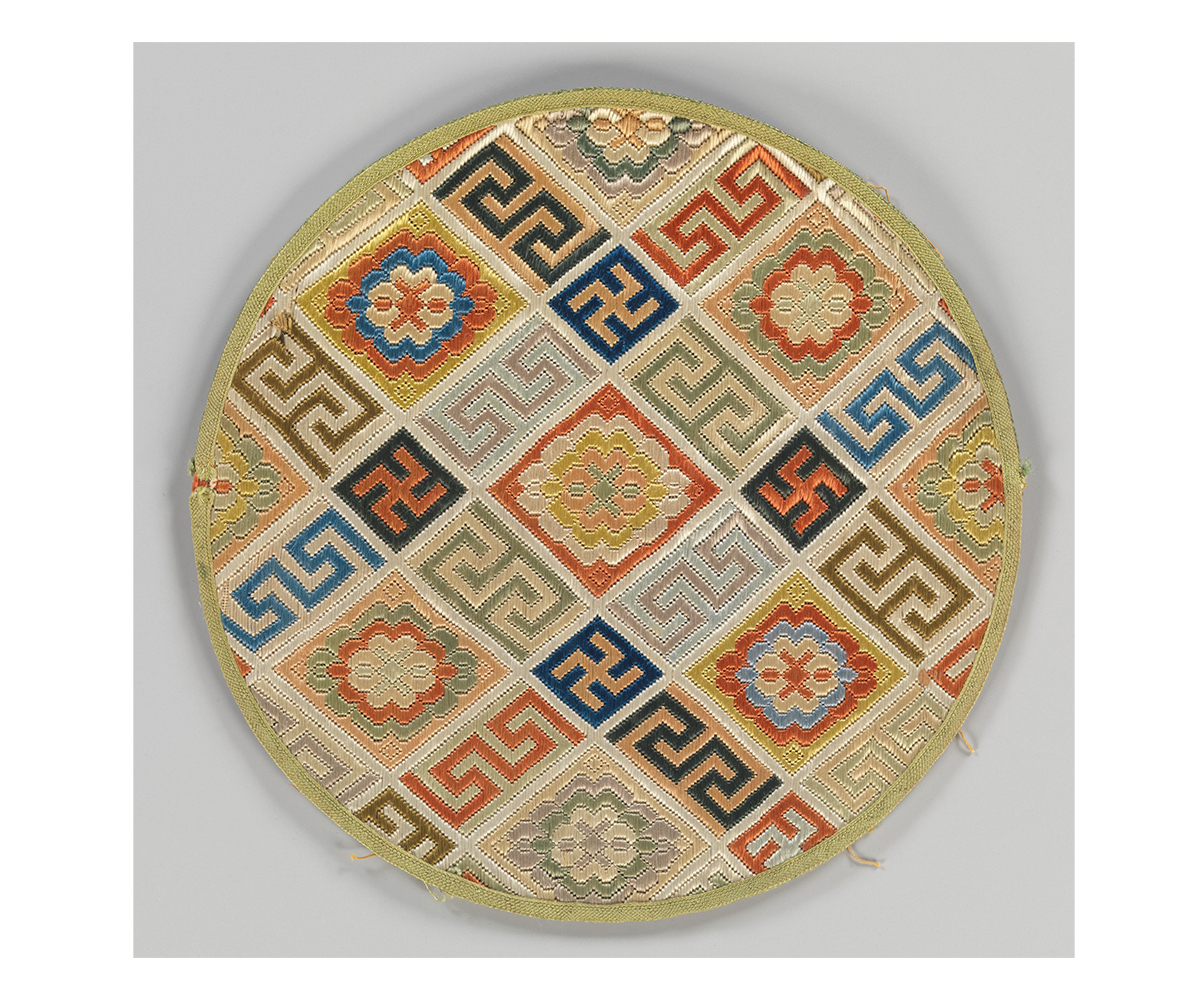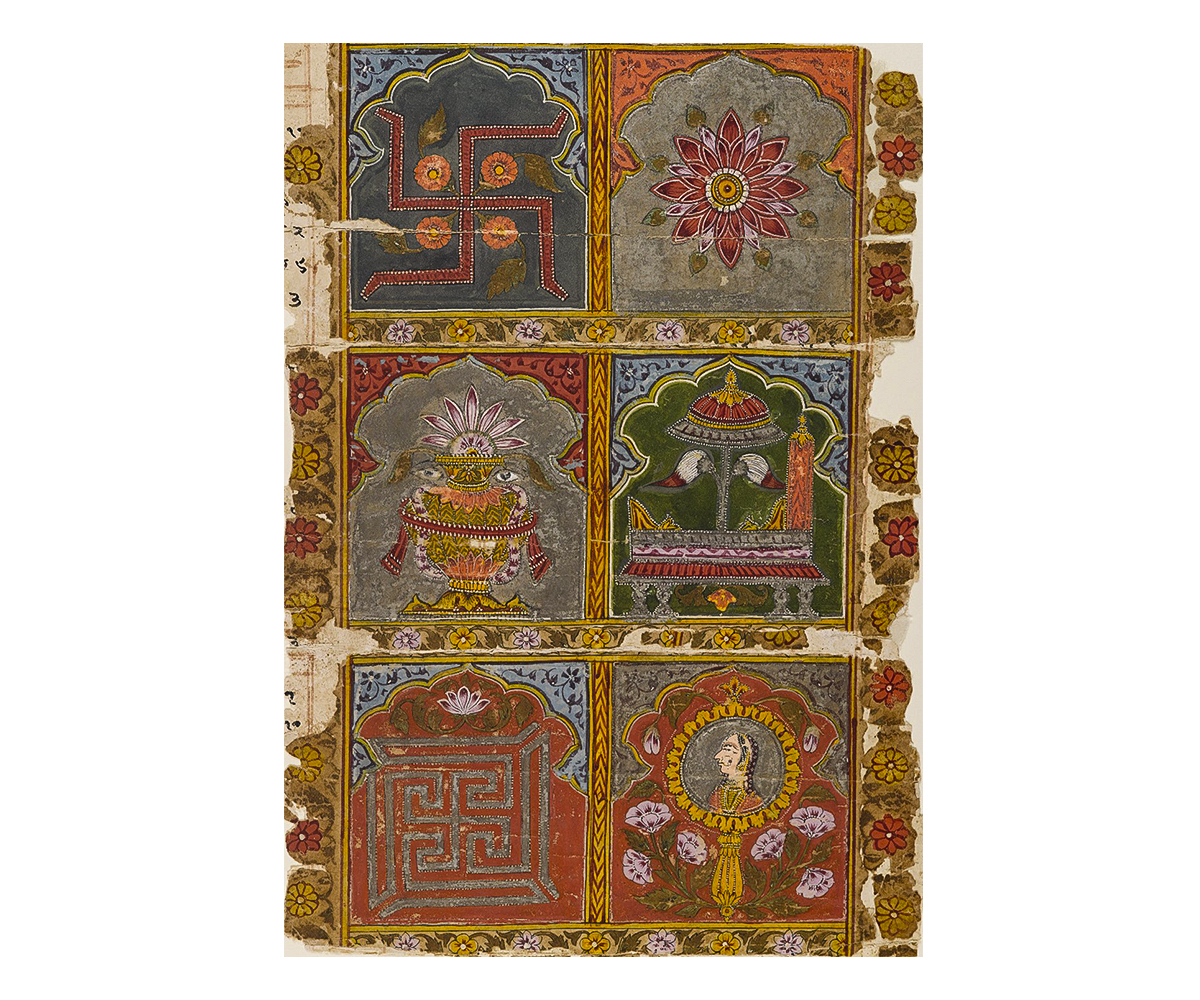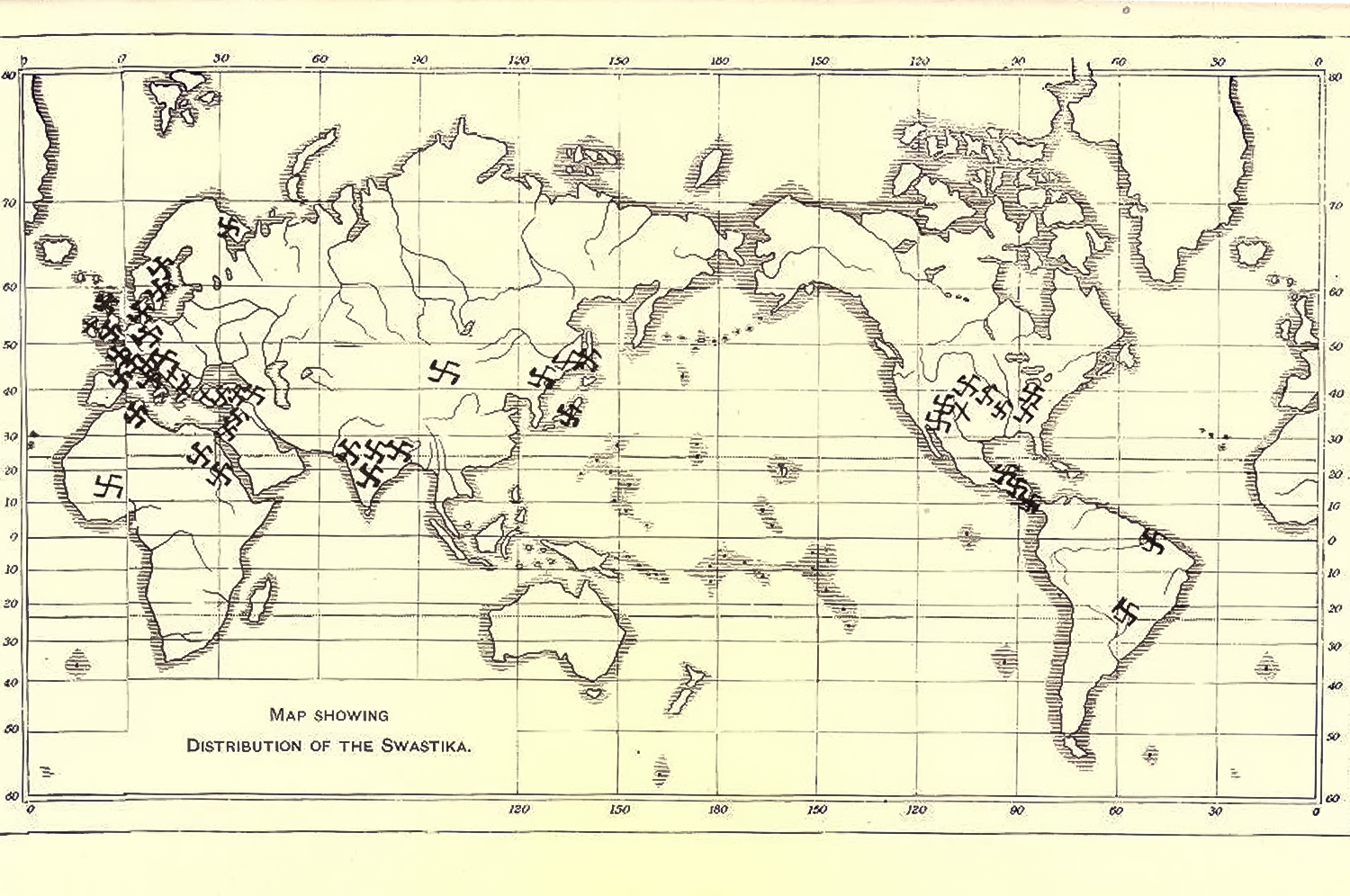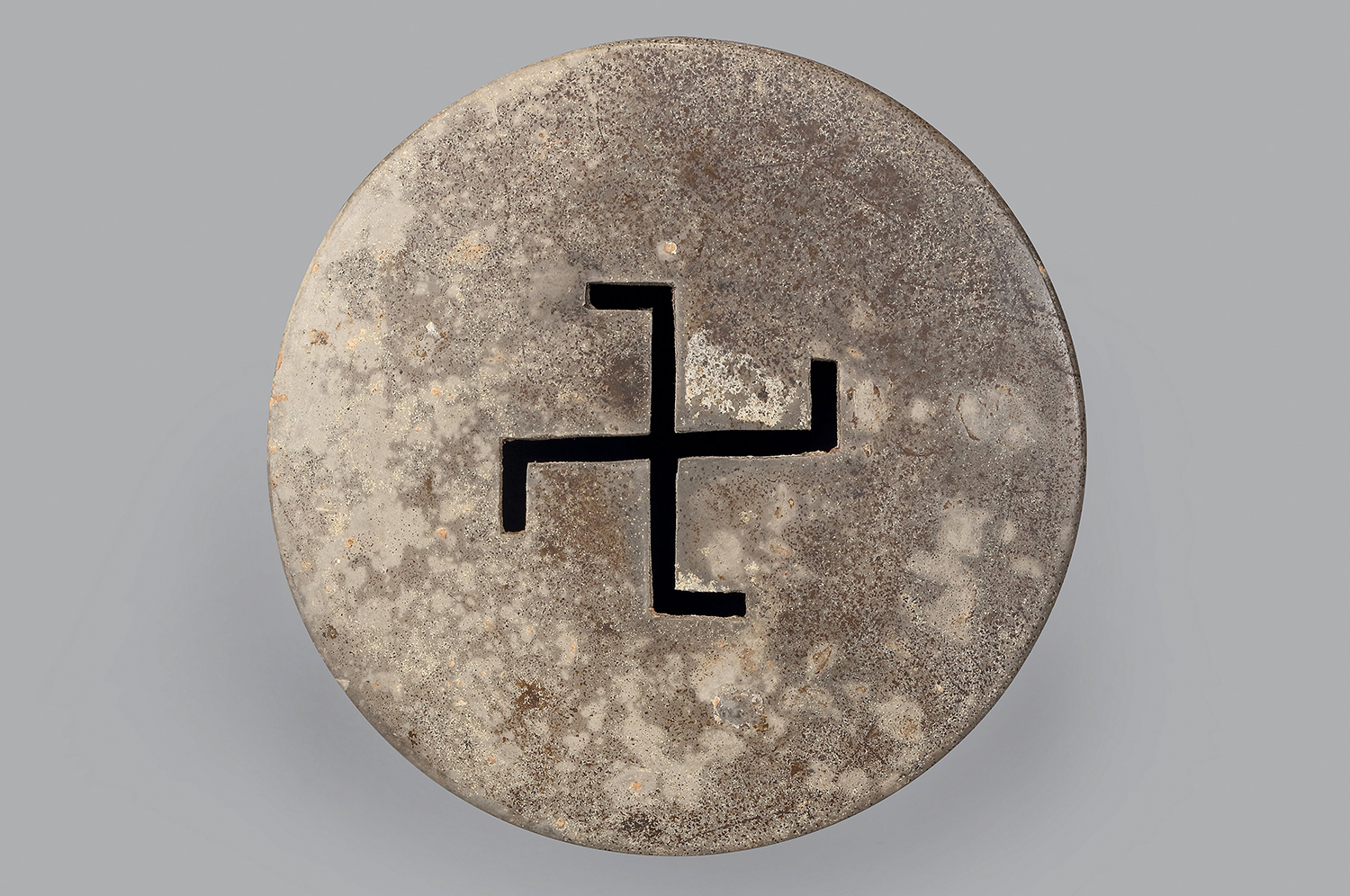ARTICLE
Swastika
With the spread of Buddhism to East Asia, the swastika was incorporated into Chinese and Japanese iconography, writing and art, becoming identified with the similar Chinese character ‘wan’ and signifying immortality, longevity and good fortune. It is used here singly, in pairs of right- and left-facing swastikas, or repeating in interlocking patterns such as sayagata.
The swastika also had a long history in the West prior to its adoption by the Nazi Party in 1920. Generally associated with good luck, it was commonly used for branding and embroidery design during the Modern period in Europe and America until it became associated with Nazism. The swastika was appropriated by occultist movements such as Odinism (also known as Wotanism) that emerged in Europe in the late nineteenth century under the influence of figures such as Guido von List. These groups drew erroneous connections between ancient Indic and European cultures, where commonalities like the swastika appear, and propagated the misguided notion of a superior racial group termed ‘Aryan’ that originated in northern Europe and invaded India. Adolf Hitler incorporated these ideas into the Nazi manifesto and adopted the Hakenkreuz (‘hooked cross’ in German) as the party symbol and a marker of racial supremacy. A right-facing swastika rotated to a forty-five degree angle and displayed in red, black and white — the imperial colours of the erstwhile Prussian state — this became the German national flag until Nazi defeat in 1945.
The swastika continues to hold ritual importance in Hindu, Buddhist and Jain practices. In the West, however, its association with racism and intolerance remains strong in the public imagination, largely overwriting the symbol’s long history and its commonplace use in other cultures. While the swastika in general is not banned anywhere, its contemporary use in the West has often led to confusion and controversy, and its use as the Nazi symbol is illegal in Germany and several other countries.
Bibliography
Britannica, T. Editors of Encyclopaedia. “Swastika.” Encyclopedia Britannica, July 4, 2023. Accessed December 27, 2021. https://www.britannica.com/topic/swastika.
Campion, Mukti Jain. “How the World Loved the Swastika – Until Hitler Stole It.” BBC News, October 23, 2014. https://www.bbc.com/news/magazine-29644591.
“Germany’s Confusing Rules on Swastikas and Nazi Symbols.” Deutsche Welle, August 14, 2018. https://www.dw.com/en/germanys-confusing-rules-on-swastikas-and-nazi-symbols/a-45063547.
Hoskote, Ranjit. “Stop the Outrage: India Doesn’t Have a Monopoly on the Symbol Used to Protest Modi’s UK Visit.” Scroll.in, November 15, 2015. https://scroll.in/article/769058/stop-the-outrage-india-doesnt-have-a-monopoly-on-the-symbol-used-to-protest-modis-uk-visit.
Mukherjee Pandey, Jhimli. “Swastika is Pre-Aryan, Dates Back 11,000 Years.” The Times of India, July 7, 2016. https://timesofindia.indiatimes.com/city/kolkata/swastika-is-pre-aryan-dates-back-11000-years/articleshow/53090079.cms.
Skidmore, James M. “How Nazis Twisted the Swastika, a Symbol of the Buddha, into an Emblem of Hate.” Quartz, September 4, 2017. https://qz.com/india/1068860/how-nazis-twisted-the-swastika-a-symbol-of-buddhism-hinduism-jainism-into-an-emblem-of-hate/.




